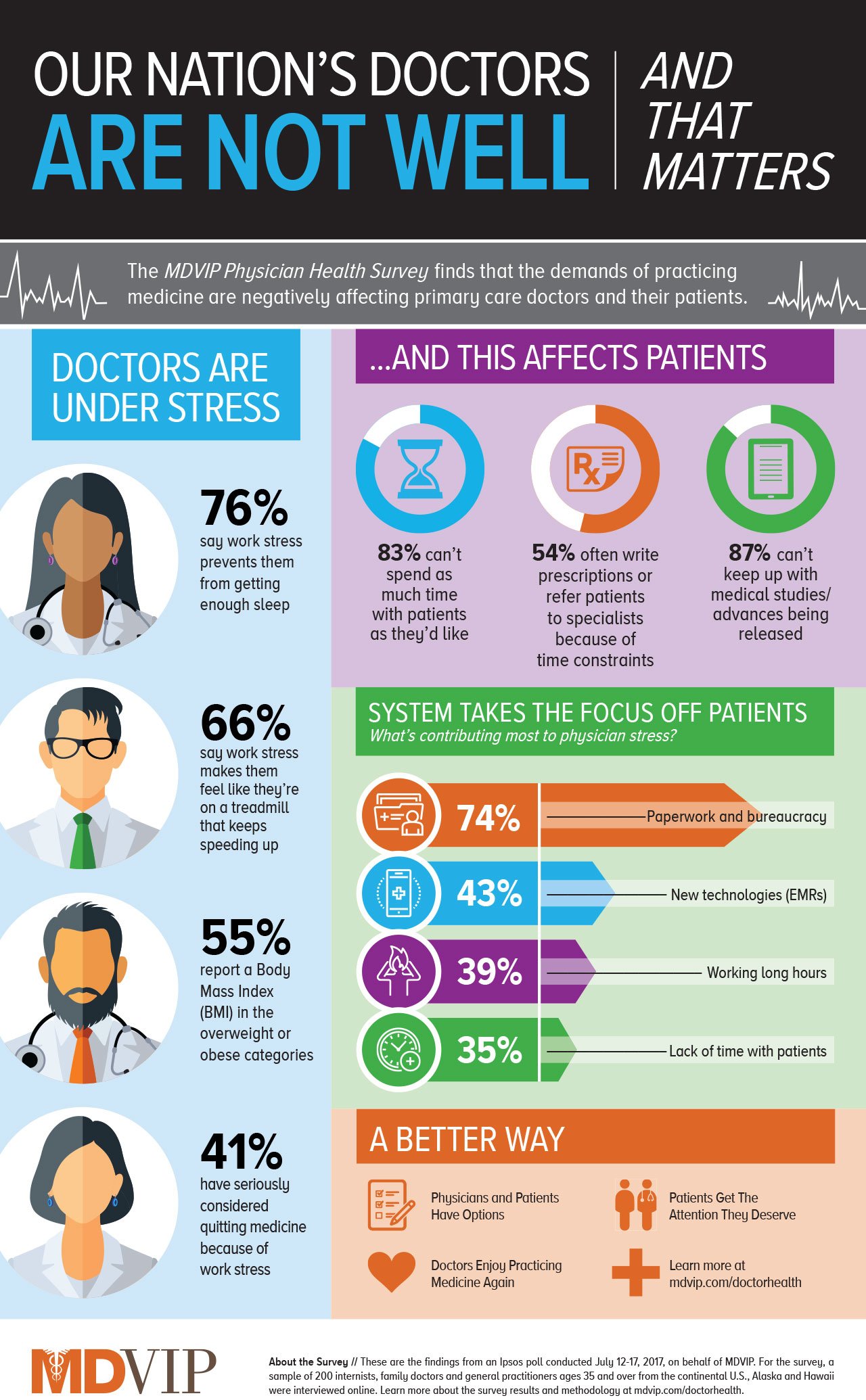Rupture Surgery Has Ended Up Being A Secure And Reliable Procedure That Can Give Lasting Alleviation

Content create by-Forbes Pilgaard
A hernia occurs when an organ, intestine or fatty tissue presses via a weak spot in the muscular tissue or connective tissue.
Hernia surgical treatment is necessary to push the hernia back into place, eliminate any mark tissue as well as stick a medical mesh to the hernia's open up to avoid reappearance.
exercise after a hernia operation can be done under various types of anesthetic. General anesthetic is one of the most common type and normally leaves you unconscious throughout the surgical treatment.
Recurring Hernias
Hernias take place when parts of the intestinal tract, abdominal body organs or cellulite push via a weak area in the muscle mass. They can trigger pain, swelling and also other troubles if not dealt with properly.However, even after hernia repair, reoccurrences can happen.
Persistent ruptures are typically triggered by damaged tissue that creates at the website of a previous operation. This is called a reoccurring incisional rupture, and also it can be major and lethal if left unattended.
Laparoscopic Rupture Repair
Laparoscopic rupture fixing is a type of surgical procedure for ruptures. Throughout this procedure, small cuts are made with your belly (tummy switch). A slim tube called a laparoscope and other tools are put through these cuts.
Sometimes, a little item of mesh might be positioned over the hernia problem to strengthen it. Or the edges of healthy cells might be stitched.
This sort of rupture fixing is typically executed under basic anesthesia. This indicates you will be asleep during the procedure and do not really feel any type of pain.
An opening is created in the muscle mass that is side to your blood vessels (direct inguinal hernia) or toward your blood vessels (indirect inguinal hernia). The rupture is then drawn back right into the abdominal area with this hole. The rupture is after that repaired with stitches.
Open Up Rupture Repair Service
In open rupture fixing, your doctor makes an incision on the abdominal area and launches scar tissue. After that Click To See More or he relocates the rupture contents (commonly digestive tract or fat) back into your abdomen, strengthens the muscular tissue wall surface with stitches and also often covers the location of weakness with a synthetic or biologic mesh to minimize the chance of reoccurrence.
The surgical treatment is normally done under general anesthetic. Your surgeon may also include epidural anesthetic to enhance discomfort control as well as recuperation.
Laparoscopic rupture repair service involves making small cuts near the rupture and putting a thin tube with a little video camera on completion (laparoscope) right into among those cuts. Your specialist utilizes the laparoscope to see your abdomen and also repair work the rupture making use of a mesh.
With this type of surgery, the recurrence rate is less than with open rupture repair work and also the healing time is generally faster. It is very important to go over the benefits and downsides of both types of rupture repair work with your doctor prior to deciding which is best for you.
Healing
The recuperation after rupture surgical treatment differs depending upon the kind of surgical procedure, the area of the laceration and the wellness of the person. Typically, little cut rupture repair work heal much faster than open rupture fixings, and also lots of clients return to typical tasks within 3 days of surgical procedure.
One of the most common remaining symptoms after hernia surgery include pain, swelling, and also thickness in the area, but these normally decrease with time. Also, defecation might hang for the very first couple of days after hernia surgery; this is regular and also generally improves with time.
Your doctor will prescribe discomfort medication (normally painkillers like Tylenol or Advil) to manage any discomfort you really feel. It is important to take these drugs exactly as prescribed. You should additionally consume lots of fluids to keep your body hydrated and also avoid bowel irregularity, which can cause straining at stool.

